The Objective
Inspiring Trust from Word-of-Mouth
This fashion retailer is among the largest specialty apparel brands in the U.S. that aims to inspire trust and community among its shoppers.
The brand wanted to increase its online word-of-mouth marketing and brand buzz, especially among its target audience: U.S.-based men, 20-30 years old. Additionally, they needed to address scale, sales, and efficiency challenges within its existing male-led influencer program.
To resolve these challenges, the brand wanted to expand its micro-influencer network by 10x and diversify its influencer marketing mix to include influential brand employees and consumer advocates. These people would ideally be recruited from store associates in key markets and from its existing customer loyalty program.
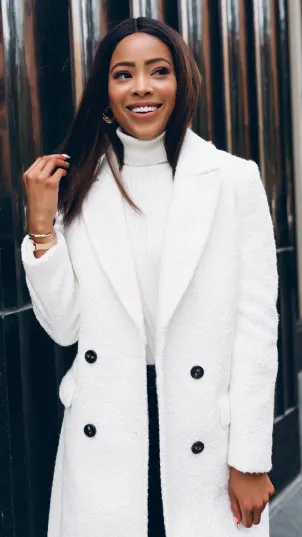
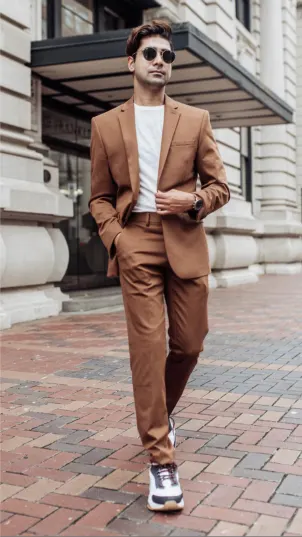
The Solution
Redefining “influencer” for customers
The brand’s influencer strategy was born from the insight that its customer base now exists in an influencer-augmented reality, where influence is not just a touchpoint on the path to purchase; it is the path to purchase.
Yet consumers have grown increasingly wary of online promotion and inherently trust their peers more than a brand. With that in mind, as part of a strategic shift to showcase relatable content, they knew that a mix of creators, employees, and customers would be ideal candidates for this initiative. Given that their content could be scaled across key touchpoints, it could in turn better accelerate purchase decisions both online and offline. This idea evolved into a robust ambassador program that is still active today.
The brand brought its ambassador program to life by redefining the idea of an “influencer” in the context of its customer by using these steps:
- Identifying a diverse influencer cohort, consisting of micro-influencers, influential customers, and engaged employees
- Activating these creators across brand-owned channels
- Bringing the “New Definition of Work” message and styling concepts to market, focusing on modern looks that transition from the workplace to casual hangs.
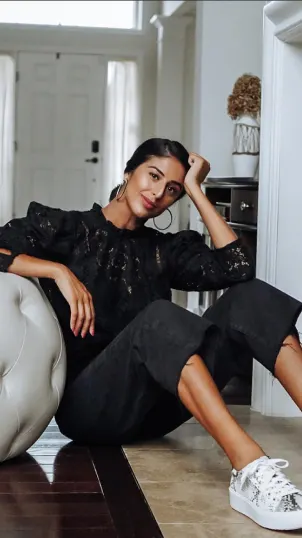
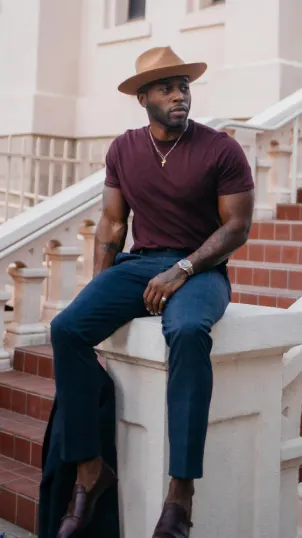
An omnichannel approach
The brand also took an omnichannel approach to customer engagement, knowing that its target audience would be looking for purchased validation outside of a traditional feed.
Influencer-generated content (IGC) from the program was then amplified across email campaigns, retail store creative, out-of-home (OOH) materials, and the brand’s own Instagram — all in an effort to connect digital and in-store messaging.
The ambassador program led up to their larger vertical-wide marketing campaign, which activated prominent macro-influencers at the time.
This campaign’s goal, like its ambassador program and subsequent additional campaigns, empowered influencers at all levels to showcase how they express their individuality through fashion.
Working with the ambassadors
When the brand launched its enhanced ambassador program, it achieved its primary goals by migrating its existing program to Later’s influencer marketing platform. Here, they could create and manage a private, brand-owned network that was safe for employees and customers to join.
All full-time, salaried store sales associates were invited to participate in the ambassador program via email and through Workplace by Facebook. Meanwhile, customers from the their loyalty program, along with macro- and micro-influencers from the brand’s existing network, were identified and then recruited by email. Ambassadors were offered cash rewards and points as incentives to create looks using new wear-to-work (WTW) products, with instructions to dress on their terms.
Approved ambassadors were selected by email to participate in monthly campaigns to support key “New Definition-of-Work” messaging featuring new WTW styles and expanded sizing options on their own Instagram feeds via posts and Stories.
Targeting a Male Audience
The brand then amplified and repurposed this IGC across its brand channels — including its various social media accounts, its official e-commerce website and blog, within in-store video, on digital billboards in New York City’s Times Square, at mall kiosks, and in printed lookbooks.
In the end, the brand not only successfully tied sales to ambassador activity; the brand gained new insights into how its target male audience shops. To connect influencer content to sales and increase efficiencies company-wide, they provided the macro- and micro-influencers involved in its men’s campaigns with unique promo codes to share with their audiences, that were redeemable in-store and online.
These personalized links helped track sales associated with individual creators while simultaneously reporting on engagement rates — trying to maintain a minimum average of 3% across the program
The Results
Influencers create offline sales
One notable result from this campaign was that the brand’s male influencers drove a higher volume of in-store sales (74%) compared to online sales (26%), indicating that their target male audience is more likely to shop WTW styles in-store vs. online.
Micro-influencer ambassadors also drove a higher volume of in-store sales (86.8%) and online sales (79%) compared to macro-influencers. This indicates that when activated at scale on Instagram, their micro-influencers increase brand awareness and conversions at a higher return and with greater efficiency than macro-influencers.
In the end, the campaign executed in partnership with Later drove:
- 11x growth in ambassador program members.
- 46M total impressions for IGC on Instagram.
- 2.3M total engagements for IGC on Instagram.
- 5.5 ��– 7% average engagement rates for IGC on Instagram.
- 168% ROI from in-store & online purchases made via IGC.
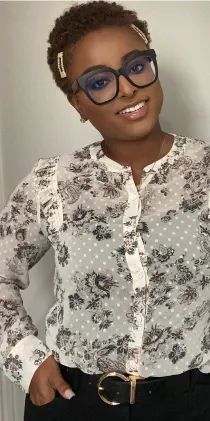
11x
Growth in ambassador program members
46M
Total Impressions for IGC on Instagram
2.3M
Total Engagements for IGC on Instagram
5.5-7%
Average Engagement Rate for IGC on Instagram